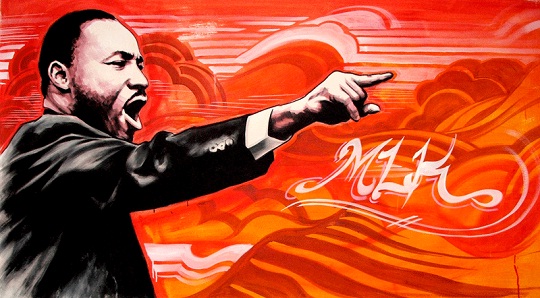…

Racial Inequality in Modern United States of America
Race and racial inequality have powerfully shaped American history from its beginnings. Americans like to think of the founding of the American colonies and, later, the United States, as driven by the quest for freedom – initially, religious liberty and later political and economic liberty. Yet, from the start, American society was equally founded on brutal forms of domination, inequality and oppression which involved the absolute denial of freedom for slaves.
This is one of the great paradoxes of American history – how could the ideals of equality and freedom coexist with slavery? We live with the ramifications of that paradox even today.
In this chapter we will explore the nature of racial inequality in America, both in terms of its historical variations and contemporary realities. We will begin by clarifying precisely what we mean by race, racial inequality and racism. We will then briefly examine the ways in which racism harms many people within racially dominant groups, not just racially oppressed groups. It might seem a little odd to raise this issue at the beginning of a discussion of racial inequality, for it is surely the case that racial inequality is more damaging to the lives of people within the oppressed group. We do this because we feel it is one of the critical complexities of racial inequality and needs to be part of our understanding even as we focus on the more direct effects of racism. This will be followed by a more extended discussion of the historical variations in the forms of racial inequality and oppression in the United States. The chapter will conclude with a discussion of the empirical realities today and prospects for the future.
This chapter will focus primarily on the experience of racial inequality of African-Americans, although in the more historical section we will briefly discuss specific forms of racial oppression of Native-Americans, Mexican-Americans, and Chinese-Americans. This focus on African-Americans does not imply that the forms of racism to which other racial minorities have been subjected are any less real. And certainly the nature of racial domination of these other groups has also stamped the character of contemporary American society.
Source: CHAPTER 14, RACIAL INEQUALITY, Final Draft, August 2009
American Society: how it actually works (forthcoming, 2010, W.W. Norton) By Erik Olin Wright & Joel Rogers. Erik Olin Wright Professor of Sociology at University of Wisconsin – Madison
Note: This book is a joint project with Joel Rogers based on an undergraduate sociology course, “Contemporary American Sociology”, which we have taught since the early 1990s. The draft posted below is the final draft, August 2009, before being copy-edited by the publisher.
Contemporary American Society, University of Wisconsin – Madison
American Society: how it actually works
. Table of Contents
1 Prologue: Values and Perspectives
2 What kind of a country is this?
. Part I. Efficiency & Freedom
3 The market: how it is supposed to work
4 The market: How it actually works
5 The environment
6 Transportation
7 Consumerism
8 Health Care
9 High Road Capitalism
. Part II. Fairness
10 Thinking about Equality, Inequality and Fairness
11 Class
12 Persistent Poverty and Rising Inequality
13 Solutions to Poverty
14 Racial Inequality
15 Gender inequality
. Part III. Democracy
16 Capitalist Democracy: how it works
17 Voting
18 Taxation and the Affirmative State
19 Democracy and Corporate Media
20 Militarism & Empire
21 Unions and Democracy
22 Democracy from below
. Conclusion
23 Alternative Futures


A Reply is a nice action